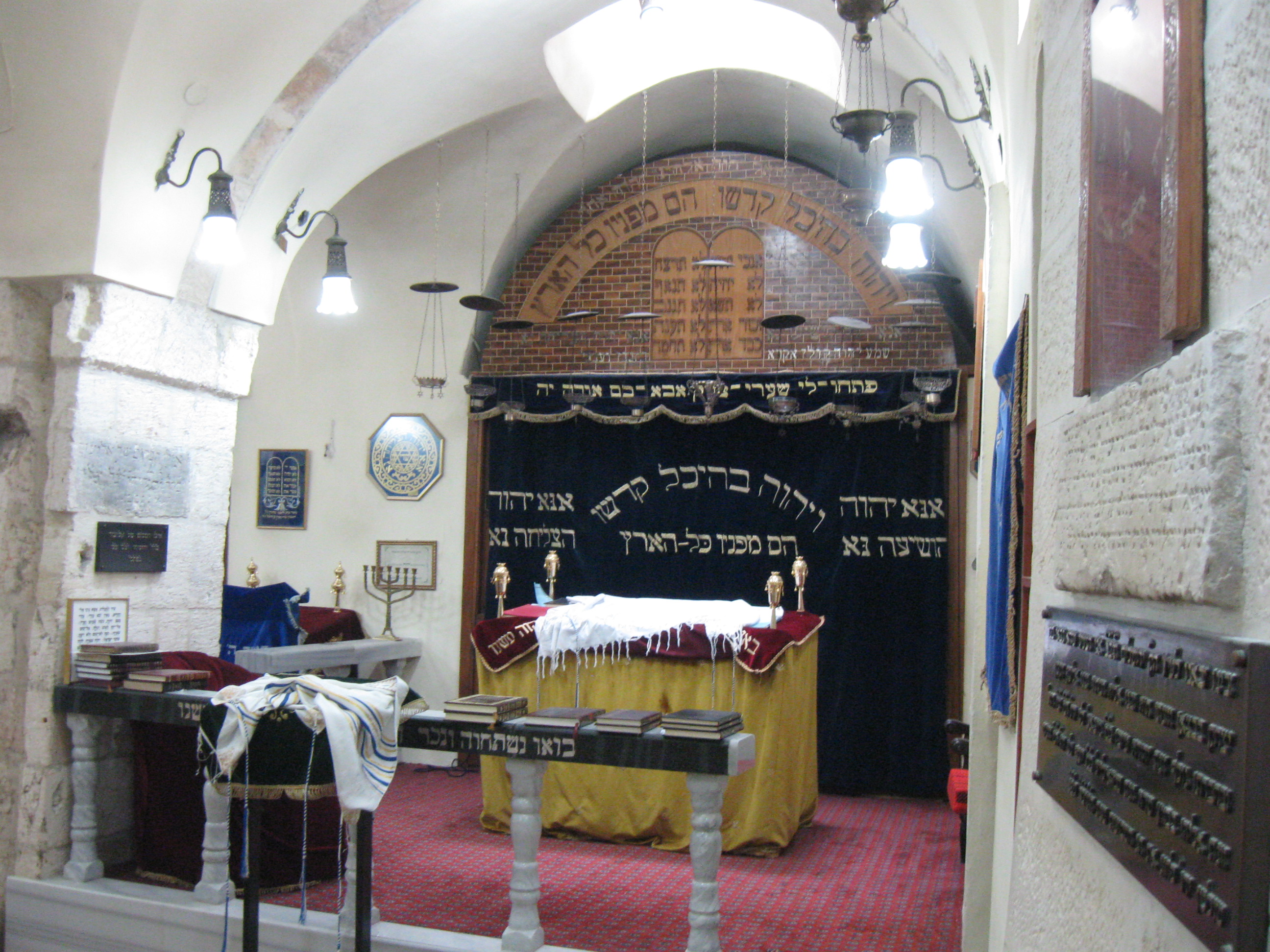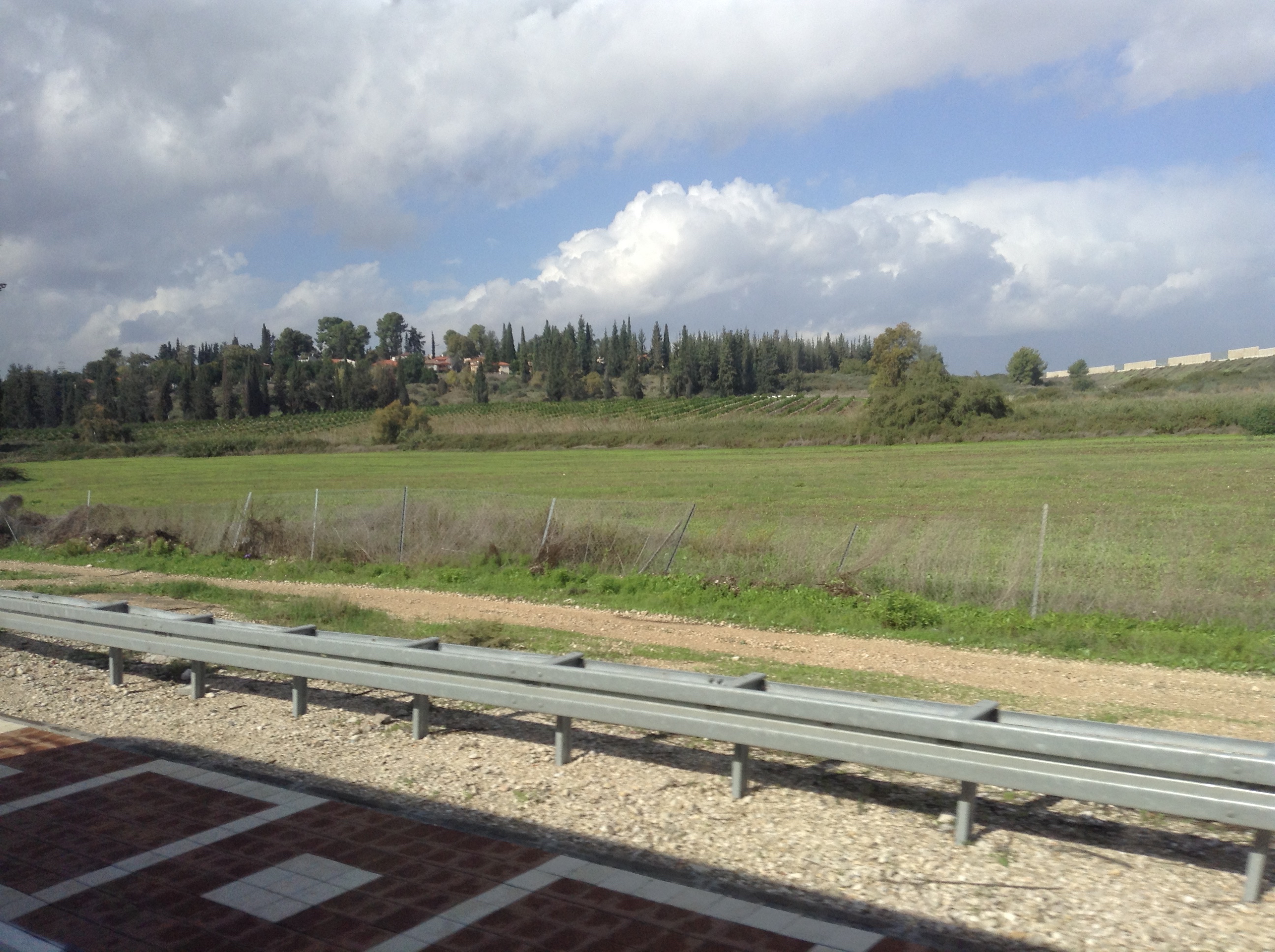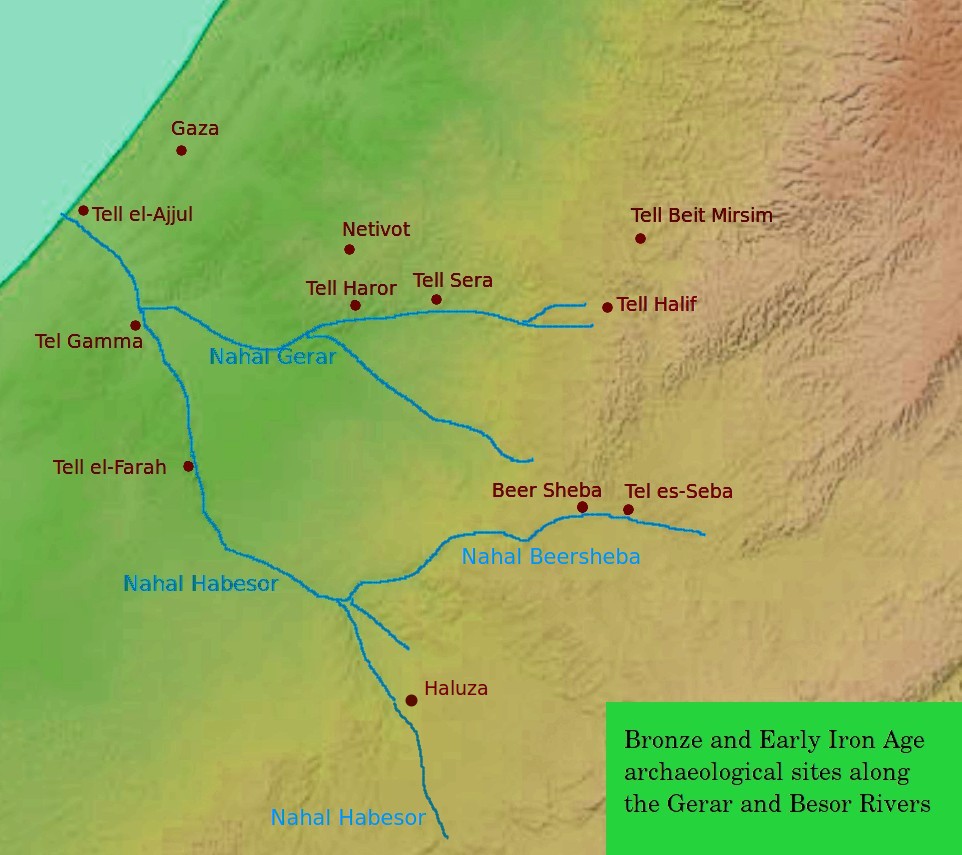|
Ashdod
Ashdod ( he, ''ʾašdōḏ''; ar, أسدود or إسدود ''ʾisdūd'' or '' ʾasdūd'' ; Philistine: 𐤀𐤔𐤃𐤃 *''ʾašdūd'') is the sixth-largest city in Israel. Located in the country's Southern District, it lies on the Mediterranean coast south of Tel Aviv and north of Ashkelon. The historical town of Ashdod, c.6 km southeast of the center of the modern town, dates to the 17th century BCE, and was a prominent Philistine city, one of the five Philistine city-states. The coastal site of Ashdod-Yam, today southwest of the modern city, was a separate city for most of its history. Modern Ashdod was established in 1956 on the sand hills 6km northeast of the historical Ashdod, then known as Isdud, a Palestinian town which had been depopulated in 1948. It was incorporated as a city in 1968, with a land-area of approximately . Being a planned city, expansion followed a main development plan, which facilitated traffic and prevented air pollution in the residential areas ... [...More Info...] [...Related Items...] OR: [Wikipedia] [Google] [Baidu] |
Isdud
Isdud ( ar, اسدود) is a former Palestinian people, Palestinian village and the site of the ancient and classical-era Levantine metropolis of Ashdod. The Arab village, which had a population of 4,910 in 1945, was depopulated during the 1948 Arab-Israeli War. Today the ruins are located in the Be'er Tuvia Regional Council, Be'er Tuvia region, 6 km southwest of the modern Israeli city of Ashdod. The archaeological site is known as Tel Ashdod, and remnants of the settlement's ancient and modern remains are visible. The first documented urban settlement at Isdud dates to the 17th century BCE, when it was a fortified Canaan, Canaanite city. It was destroyed at the Bronze Age Collapse, end of the Late Bronze Age. During the Iron Age, it was a prominent Philistines, Philistine city, one of the Philistia, five Philistine city-states. It is mentioned 13 times in the Hebrew Bible. After being captured by Uzziah, it was briefly ruled by the Kingdom of Judah before it was taken by the Ne ... [...More Info...] [...Related Items...] OR: [Wikipedia] [Google] [Baidu] |
Ashdod-Yam
Ashdod-Yam (lit. "Ashdod on the Sea" in Hebrew) is an archaeological site on the Mediterranean coast of Israel. It is located in the southern part of the modern city of Ashdod, and about 5 kilometres northwest of where Ashdod stood in the time of the Philistines. Ashdod on the Sea and (inland) Ashdod were for most of their history two separate entities, connected though by close ties with each other. Most of the area has not been excavated yet and is covered by sand dunes. History The two towns, Ashdod and Ashdod-Yam, have been connected throughout their history. Despite the antiquity of the place, the name ''Ashdod-yam'' was applied to the site and adjacent town in October 1955, by Israel's Government Naming Committee. Late Bronze Age During the Late Bronze Age the inland city of Ashdod used a port facility near the mouth of the Lakhish River, at , as its main exit to the sea, while a smaller port was probably located at Ashdod-Yam. Iron Age During the Iron Age the roles gr ... [...More Info...] [...Related Items...] OR: [Wikipedia] [Google] [Baidu] |
Minat Al-Qal'a
Minat al-Qal'a (اشدود; lit. "the harbour of the fort"), sometimes wrongly named Qal'at al-Mina, is a medieval coastal fort protecting the port known as Ashdod-Yam (lit. "Ashdod-on-the-Sea"), which was historically separate from Ashdod proper but whose archaeological remains are today located on the southern beach of the sprawling modern city of Ashdod. The fort has been built by the Umayyads and later restored and used again by the Crusaders.Pringle, 1997, p72/ref> History Early Muslim period The fort was built by the Umayyad Caliph Abd al-Malik ibn Marwan (reign 685–705 CE) before the end of the 7th century on top of Byzantine-era remains. It was in use during the 10th-11th centuries, and was restored and used again by the Crusaders in the late 12th century after sustaining serious damage from the 1033 earthquake.Vunsh, Tal and Sivan, 2013,Horbat Ashdod-Yam/ref>Petersen, 2005, pp9091 Its medieval Arabic name was Mahuz Azdud, "harbour of Azdud", after centuries of being k ... [...More Info...] [...Related Items...] OR: [Wikipedia] [Google] [Baidu] |
Port Of Ashdod
The Port of Ashdod ( he, נמל אשדוד) is one of Israel's three main cargo ports. The port is located in Ashdod, about 40 kilometers south of Tel Aviv, adjoining the mouth of the Lachish River. Its establishment significantly enhanced the country's port capacity. It handles the largest volume of cargo containers annually (1.525 million TEU in 2017) of all Israeli ports. Ships carrying humanitarian aid for the Gaza Strip also unload their cargo at Ashdod. History The need to open another deep water port arose in Israel's early years, when it became clear that the expansion of the existing ports of Haifa and Eilat could not ensure efficient handling of the increasing volume of export and import cargoes. The decision to start the new port was based on a number of considerations: * The port meshes with the concern for population dispersal and the establishment of urban centers in the southern part of the country. * The port substantially shortens the overland transport o ... [...More Info...] [...Related Items...] OR: [Wikipedia] [Google] [Baidu] |
Philistines
The Philistines ( he, פְּלִשְׁתִּים, Pəlīštīm; Koine Greek (LXX): Φυλιστιείμ, romanized: ''Phulistieím'') were an ancient people who lived on the south coast of Canaan from the 12th century BC until 604 BC, when their polity, after having already been subjugated for centuries by the Neo-Assyrian Empire, was finally destroyed by King Nebuchadnezzar II of the Neo-Babylonian Empire. After becoming part of his empire and its successor, the Persian Empire, they lost their distinct ethnic identity and disappeared from the historical and archaeological record by the late 5th century BC.. The Philistines are known for their biblical conflict with the Israelites. Though the primary source of information about the Philistines is the Hebrew Bible, they are first attested to in reliefs at the Temple of Ramses III at Medinet Habu, in which they are called (accepted as cognate with Hebrew ); the parallel Assyrian term is , , or . Etymology The English term ... [...More Info...] [...Related Items...] OR: [Wikipedia] [Google] [Baidu] |
Karaite Jewish
Karaite Judaism () or Karaism (, sometimes spelt Karaitism (; ''Yahadut Qara'it''); also spelt Qaraite Judaism, Qaraism or Qaraitism) is a Jewish religious movement characterized by the recognition of the written Torah alone as its supreme authority in ''halakha'' (Jewish religious law) and theology. Karaites believe that all of the divine commandments which were handed down to Moses by God were recorded in the written Torah without any additional Oral Law or explanation. Unlike mainstream Rabbinic Judaism, which considers the Oral Torah, codified in the Talmud and subsequent works, to be authoritative interpretations of the Torah, Karaite Jews do not believe that the written collections of the oral tradition in the Midrash or the Talmud are binding. When they read the Torah, Karaites strive to adhere to the plain or most obvious meaning (''peshat'') of the text; this is not necessarily the literal meaning of the text, instead, it is the meaning of the text that would have be ... [...More Info...] [...Related Items...] OR: [Wikipedia] [Google] [Baidu] |
Yehiel Lasri
Yehiel Lasri ( he, יחיאל לסרי; born 21 August 1957) is an Israeli physician and politician who serves as mayor of Ashdod.Lasri: A new sun will shine on the city Ynet, 11 November 2008 He previously served as a member of the for the Centre Party, and . Biography Lasri was born in Morocco to a Jewish fa ...[...More Info...] [...Related Items...] OR: [Wikipedia] [Google] [Baidu] |
Southern District (Israel)
The Southern District ( he, מחוז הדרום, ''Meḥoz HaDarom''; ar, لواء الجنوب) is one of Israel's six administrative districts, the largest in terms of land area but the most sparsely populated. It covers most of the Negev desert, as well as the Arava valley. The population of the Southern District is 1,086,240 and its area is 14,185 km2. Its population is 79.66% Jewish and 12.72% Arab (mostly Muslim), with 7.62% of other origins. The district capital is Beersheba, while the largest city is Ashdod. Beersheba's dormitory towns of Omer, Meitar, and Lehavim are affluent on an Israel scale, while the development towns of Dimona, Sderot, Netivot, Ofakim, and Yeruham and the seven Bedouin cities are lower on the socio-economic scale. [...More Info...] [...Related Items...] OR: [Wikipedia] [Google] [Baidu] |
Philistia
Philistia (; Koine Greek (LXX): Γῆ τῶν Φυλιστιείμ, romanized: ''gê tôn Phulistieìm''), also known as the Philistine Pentapolis, was a confederation of cities in the Southwest Levant, which included the cities of Ashdod, Ashkelon, Ekron, Gath, Gaza, and for a time, Jaffa. The population, according to the most recent assessments, was, in all probability, formed basically from Canaanite stock going back to the Bronze Age,Benjamin M. Sulliva'In the Shadow of Phoenicia,' The Journal of Hellenic Studies, 2018, Vol. 138 pp.67-79 p.70 tinged with an Indo-European admixture of people from an Aegean background from roughly 1200 BCE onwards, and came to be known as ''Peleset'', or Philistines. At its maximum territorial expansion, its territory may have stretched along the Canaanite coast from Arish in the Sinai (today's Egypt) to the Yarkon River (today's Tel Aviv), and as far inland as Ekron and Gath. Nebuchadnezzar II invaded Philistia in 604 BC, burned Ashkelon ... [...More Info...] [...Related Items...] OR: [Wikipedia] [Google] [Baidu] |
List Of Cities In Israel
This list includes localities that are in Israel that the Israeli Ministry of Interior has designated as a city council. Jerusalem includes occupied East Jerusalem. The list is based on the current index of the Israel Central Bureau of Statistics (CBS). Within Israel's system of local government, an urban municipality can be granted a city council by the Interior Ministry when its population exceeds 20,000. The term "city" does not generally refer to local councils or urban agglomerations, even though a defined city often contains only a small portion of an urban area or metropolitan area's population. List Israel has 16 cities with populations over 100,000, including Jerusalem and Tel Aviv-Yafo. In all, there are 77 Israeli localities granted "municipalities" (or "city") status by the Ministry of the Interior, including four Israeli settlements in the West Bank. Two more cities are planned: Kasif, a planned city to be built in the Negev, and Harish, originally a small to ... [...More Info...] [...Related Items...] OR: [Wikipedia] [Google] [Baidu] |
List Of Israeli Cities
This list includes localities that are in Israel that the Israeli Ministry of Interior has designated as a city council. Jerusalem includes occupied East Jerusalem. The list is based on the current index of the Israel Central Bureau of Statistics (CBS). Within Israel's system of local government, an urban municipality can be granted a city council by the Interior Ministry when its population exceeds 20,000. The term "city" does not generally refer to local councils or urban agglomerations, even though a defined city often contains only a small portion of an urban area or metropolitan area's population. List Israel has 16 cities with populations over 100,000, including Jerusalem and Tel Aviv-Yafo. In all, there are 77 Israeli localities granted "municipalities" (or "city") status by the Ministry of the Interior, including four Israeli settlements in the West Bank. Two more cities are planned: Kasif, a planned city to be built in the Negev, and Harish, originally a small tow ... [...More Info...] [...Related Items...] OR: [Wikipedia] [Google] [Baidu] |
Israel
Israel (; he, יִשְׂרָאֵל, ; ar, إِسْرَائِيل, ), officially the State of Israel ( he, מְדִינַת יִשְׂרָאֵל, label=none, translit=Medīnat Yīsrāʾēl; ), is a country in Western Asia. It is situated on the southeastern shore of the Mediterranean Sea and the northern shore of the Red Sea, and shares borders with Lebanon to the north, Syria to the northeast, Jordan to the east, and Egypt to the southwest. Israel also is bordered by the Palestinian territories of the West Bank and the Gaza Strip to the east and west, respectively. Tel Aviv is the economic and technological center of the country, while its seat of government is in its proclaimed capital of Jerusalem, although Israeli sovereignty over East Jerusalem is unrecognized internationally. The land held by present-day Israel witnessed some of the earliest human occupations outside Africa and was among the earliest known sites of agriculture. It was inhabited by the Canaanites ... [...More Info...] [...Related Items...] OR: [Wikipedia] [Google] [Baidu] |








